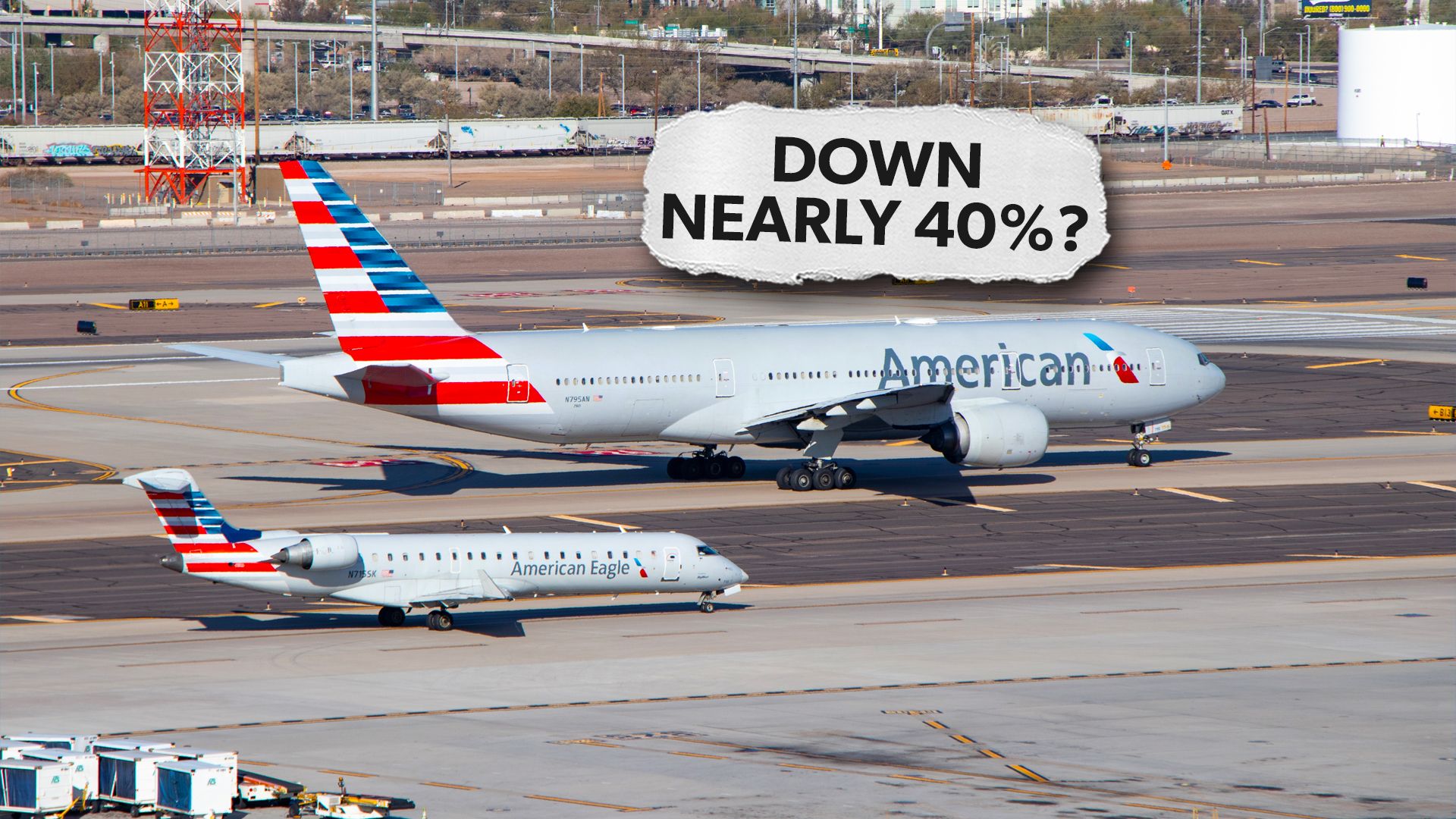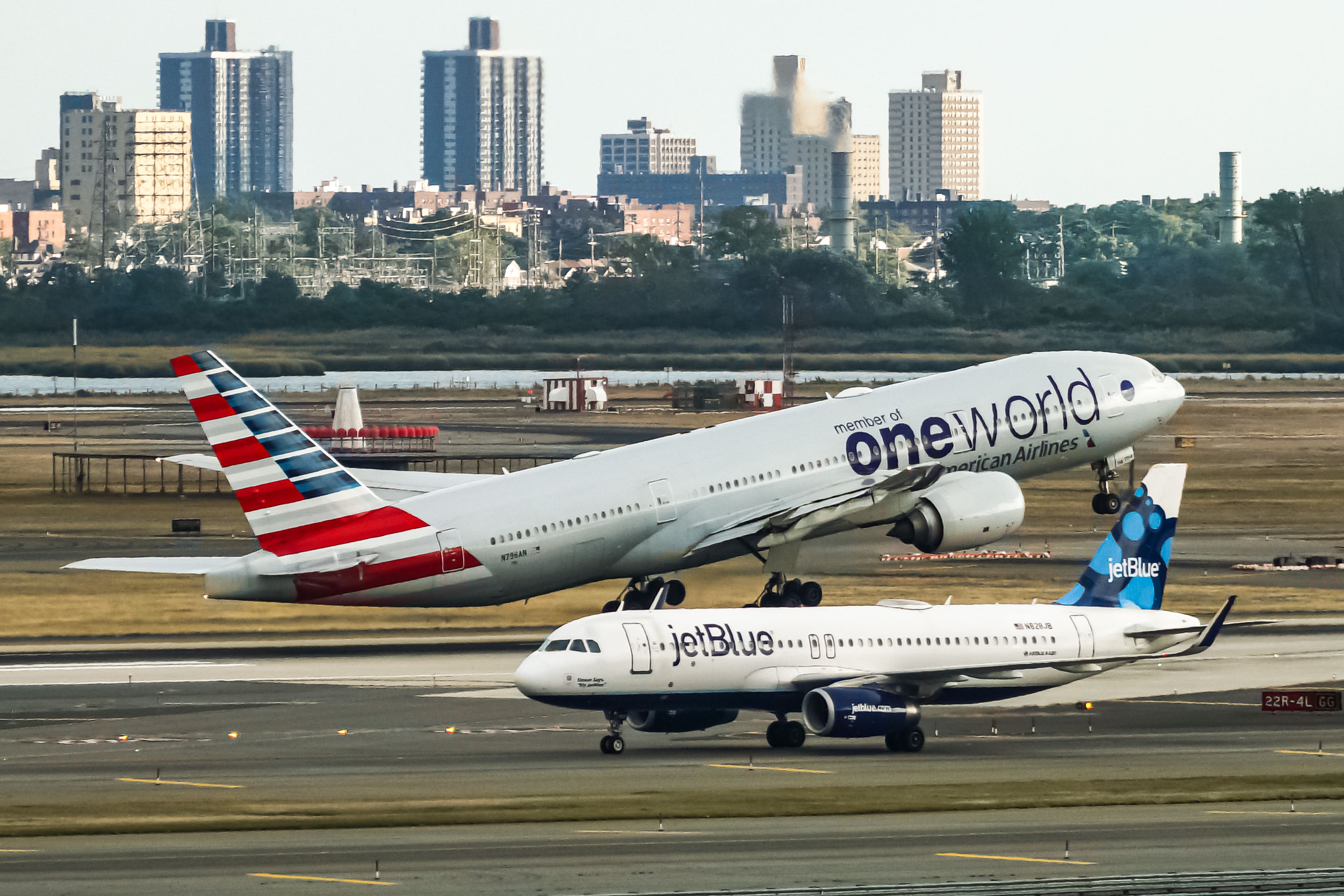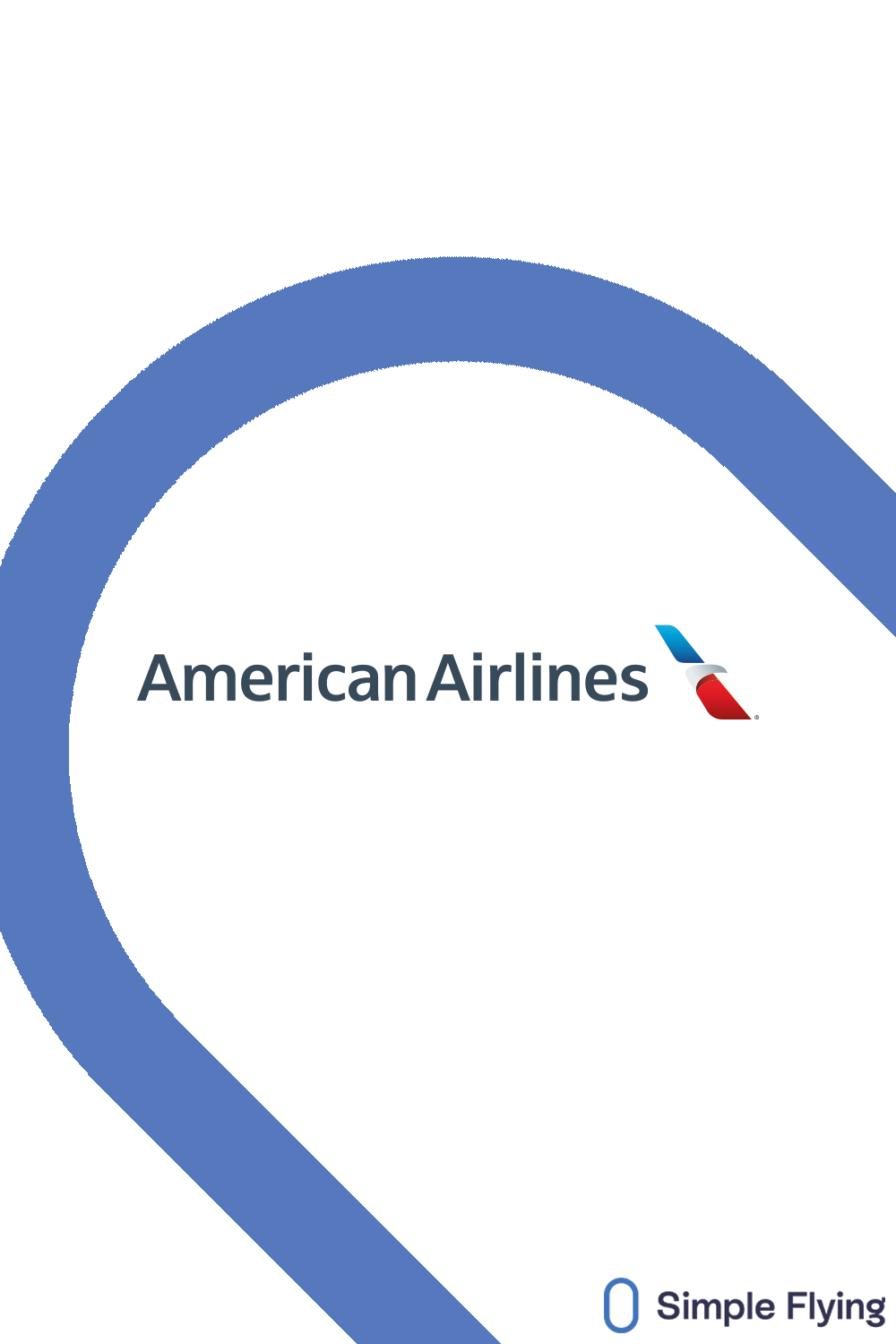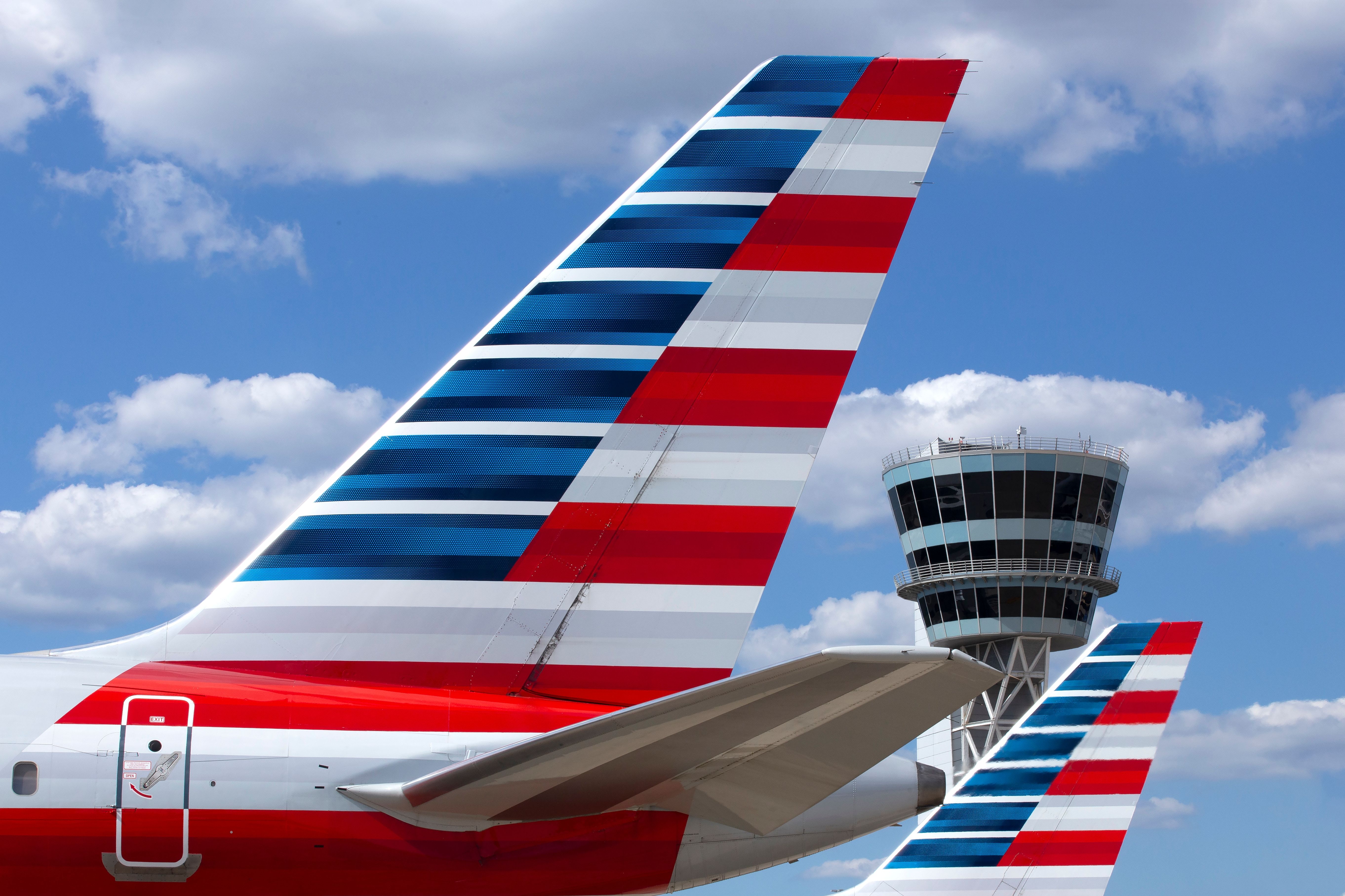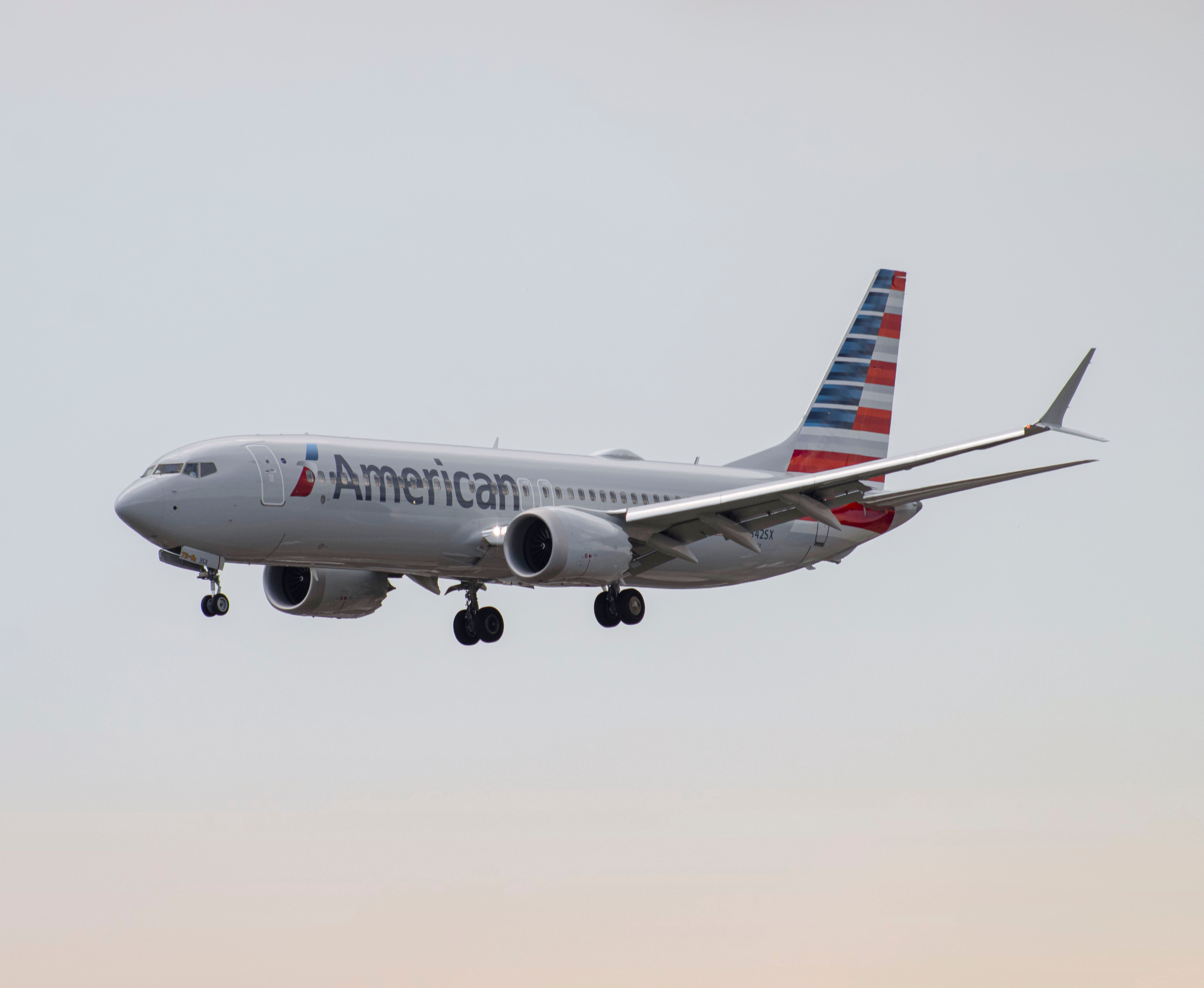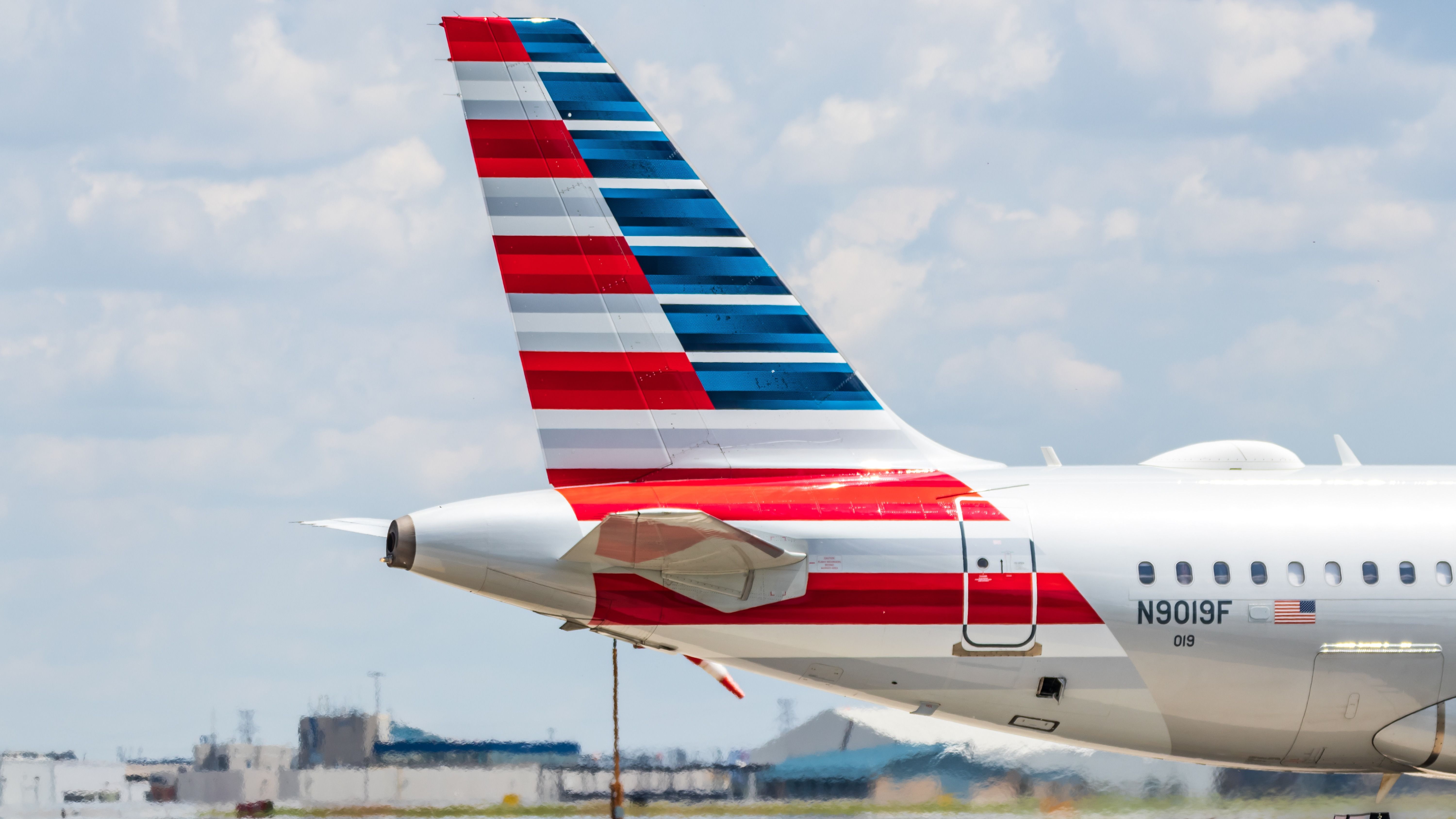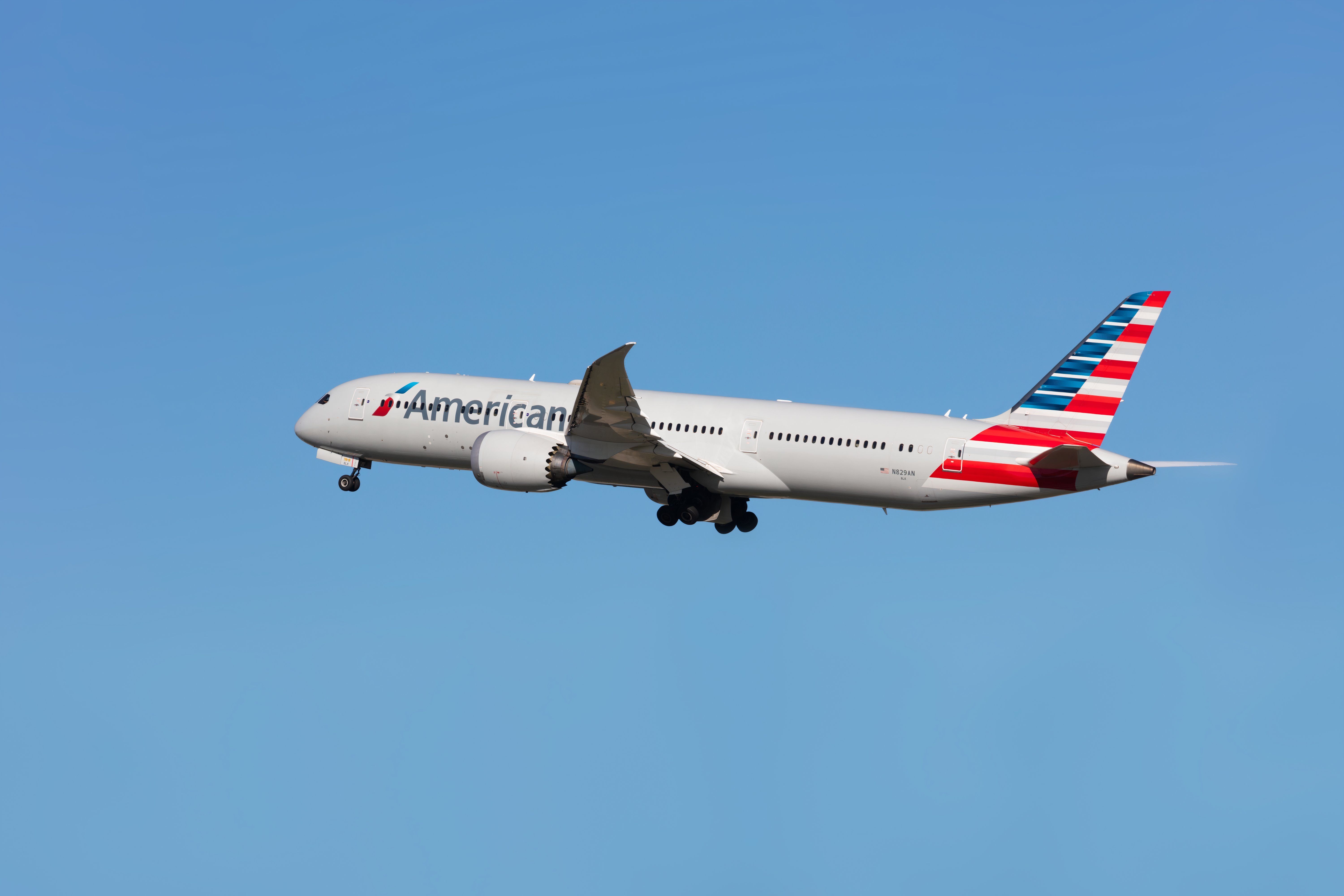On January 22nd, ![]() American Airlines
American Airlines
shares closed at $18.66, representing a new calendar-year high. The airline, which has been plagued with struggles that have kept it behind its two biggest competitors (United Airlines and Delta Air Lines) since the pandemic, looked like it was beginning to get back on track. The airline’s stock price had been continually rising throughout the fall of 2024, and the airline was forecasting strong growth for 2025.
However, the airline’s fortunes quickly turned around over the next few months. Starting on January 23rd, the airline’s share prices began a series of steep losses. Even before Donald Trump’s February 2025 trade war, which sent the stock market tumbling, American Airlines shares were down, and the company looked like it was certainly going to be in trouble because of a complete stock price collapse.
Well, exactly that happened over the next six weeks. On March 13th, amid increased geopolitical tensions and rapidly escalating economic conflicts, American Airlines shares closed at a new six-month low of $10.67, representing a decline of more than 42% from the stock’s peak back in early January. Therefore, the airline certainly has its work cut out for it when reassuring investors that its financial prospects remain strong, especially after receiving such a strong sign of disapproval from the market.
American Airlines has performed significantly worse than its two most important competitors
During the same period between January 22nd and March 13th, the broader S&P 500 Index declined by around 9%, erasing all post-election gains it made following Donald Trump’s defeat of Kamala Harris. Therefore, it is clear that American Airlines has severely underperformed the S&P 500, with the carrier providing weaker returns to investors than a broad index fund by over 30%. While this is a clear indication of investor confidence in American Airlines’ prospects concerning the broader US equity market, it is important to compare the company’s performance more directly with its competitors.
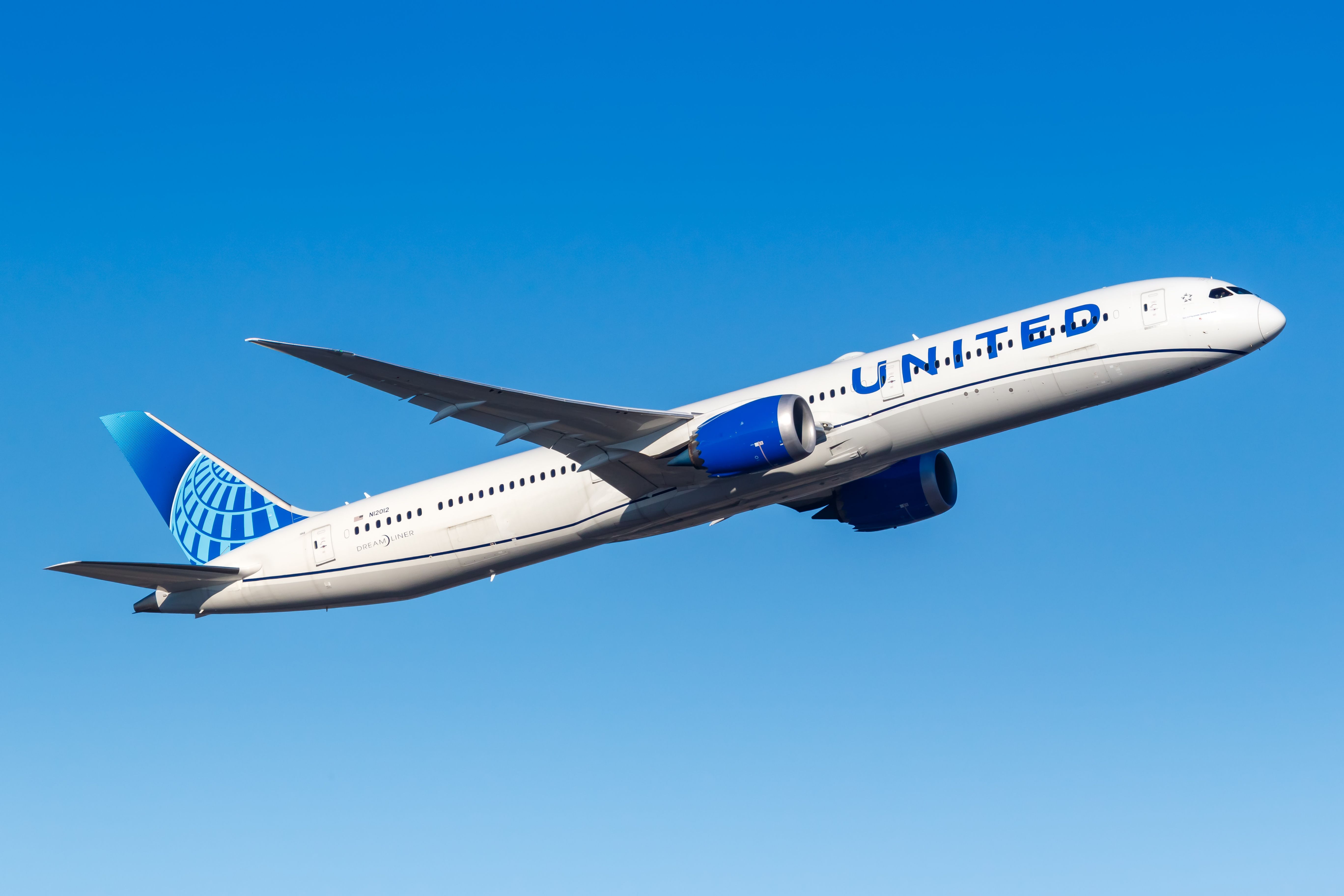
Related
United Airlines CEO Discusses Washington Dulles’ $500 Million Expansion As Stock Nears All-Time High
The airline has very bullish expectations.
According to Yahoo Finance, the overall commercial aviation industry has seen losses of around 28% during the same period, by comparing a basket of US airline stocks that trade on US stock indexes. It appears that US legacy carriers have been harmed more by this recent stock sell-off than other kinds of airlines, something that becomes especially clear when one compares American Airlines to its closest legacy airline competitors.
Photo: Daisy Bourne | Shutterstock
Delta Air Lines, which has long served as the market’s leader in profitability and which had share prices at all-time highs in January, has seen prices decline by around 37% during this same period. United Airlines, which also had stock prices trading at record highs, saw share prices decline by around 35% during the same period. In the context of these close competitors, American Airlines appears to be doing slightly worse than its competitors, but not significantly worse.
-Boeing-777-223(ER)-N791AN-(1).jpg)
oneworld
- Business Type
-
Airline Alliance
- Date Founded
-
February 1, 1999
- CEO
-
Nathaniel Pieper
- Headquarters Location
-
Dallas Fort Worth, USA
- Airlines
-
Alaska Airlines, American Airlines, British Airways, Cathay Pacific, Finnair, Iberia, Japan Airlines, Malaysia Airlines, Qantas, Qatar Airways, Royal Air Maroc, Royal Jordanian, SriLankan Airlines
Why legacy carriers might struggle amid the latest wave of economic unrest
There are multiple different challenges facing legacy airlines in the wake of the latest decisions made by world leaders that have had a major impact on financial markets. For starters, it is important to note that legacy carriers make the largest portion of their money from high-volume business travelers. These are passengers who travel for work regularly and typically book seats in premium cabins. These kinds of travelers are so essential to full-service airlines like United and American that they will go to great lengths to keep them from flying with competitors.
Get all the latest aviation news for North America
from Simple Flying!
The economic environment that has been created as a result of Donald Trump’s trade war has left many industry analysts with recession fears in mind, meaning that companies could see profits decrease as consumption significantly decreases. When companies are increasingly worried about their bottom lines, their willingness to spend heavily on things like corporate travel decreases significantly.
Not only does corporate willingness to spend on travel decrease, but the need to simply do so as well. When the economy is bad, there are fewer client engagements to manage, fewer sales to conduct, and fewer of pretty much everything that would require frequent and routine business travel. This is bad news for legacy airlines, which rely on these kinds of travelers to fill business-class cabins.
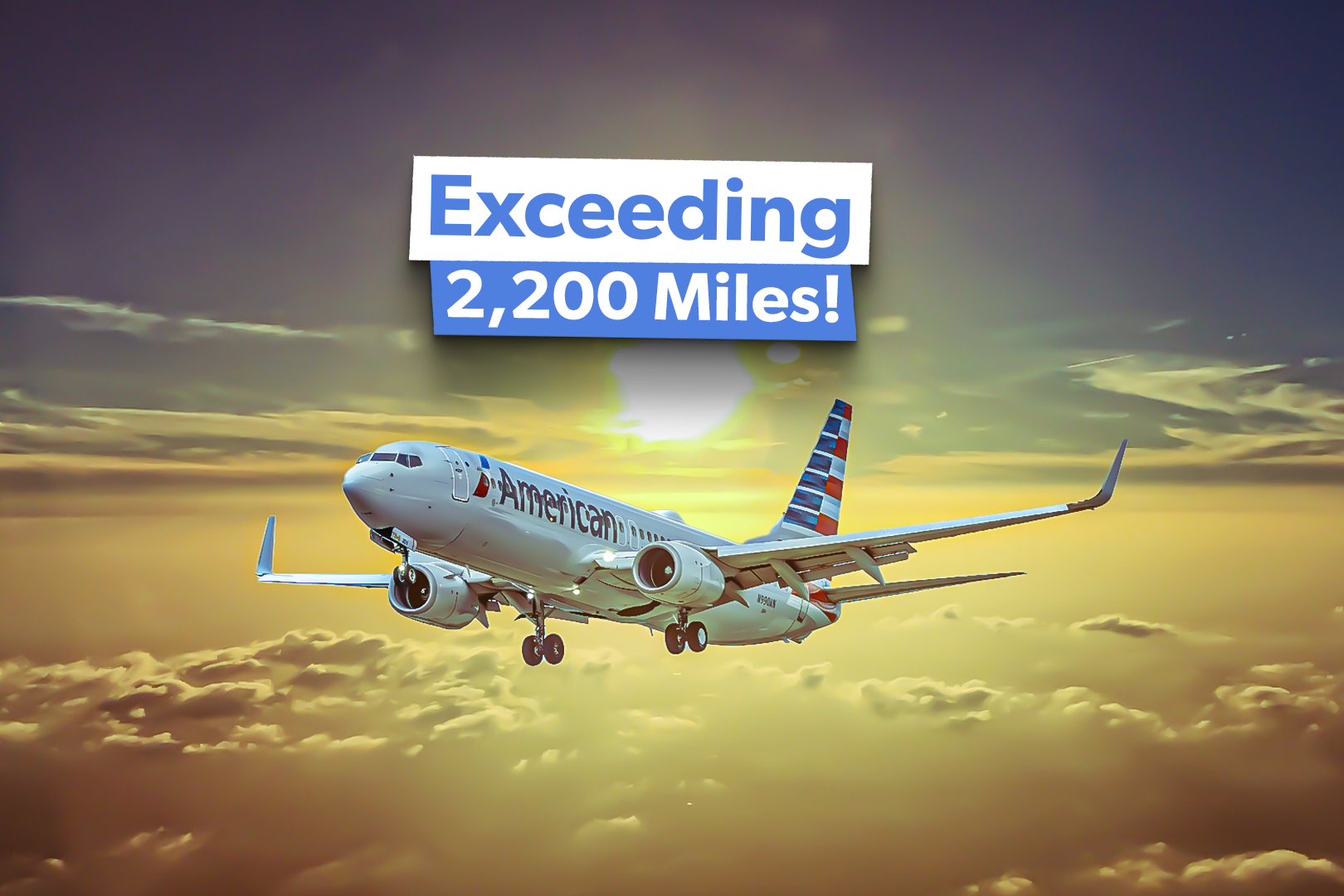
Related
American Airlines’ 10 Longest Boeing 737-800 Routes From Dallas/Fort Worth
American Airlines operates a fleet of 303 Boeing 737-800 aircraft.
While this is obviously an issue in domestic business travel markets, this becomes an even bigger challenge when one looks towards international business travel markets. Some of American’s most lucrative routes involve connecting business travel destinations across different continents, which provides a consistent flow of high-spending business travelers. With tariffs threatening to reduce international trade and move the United States towards economic isolationism, airlines have reason to be concerned that this critical source of revenue could be set to decrease significantly.
Photo: BravoKiloPhoto | Shutterstock
Leisure travelers will also be impacted by the current economic environment
While the economic environment that has led airlines to see a massive stock sell-off undoubtedly involves fears over a reduction in business travel spending, leisure travel demand could quite likely decline in a similar fashion. While not the primary demographic targeted by legacy airlines like United and American, vacationers or those visiting friends and relatives (VFR) are also a key part of any airline’s financial picture. In the wake of the pandemic, which fundamentally altered the nature of business travel, this has become particularly more apparent, with the line between these two becoming increasingly blurred.
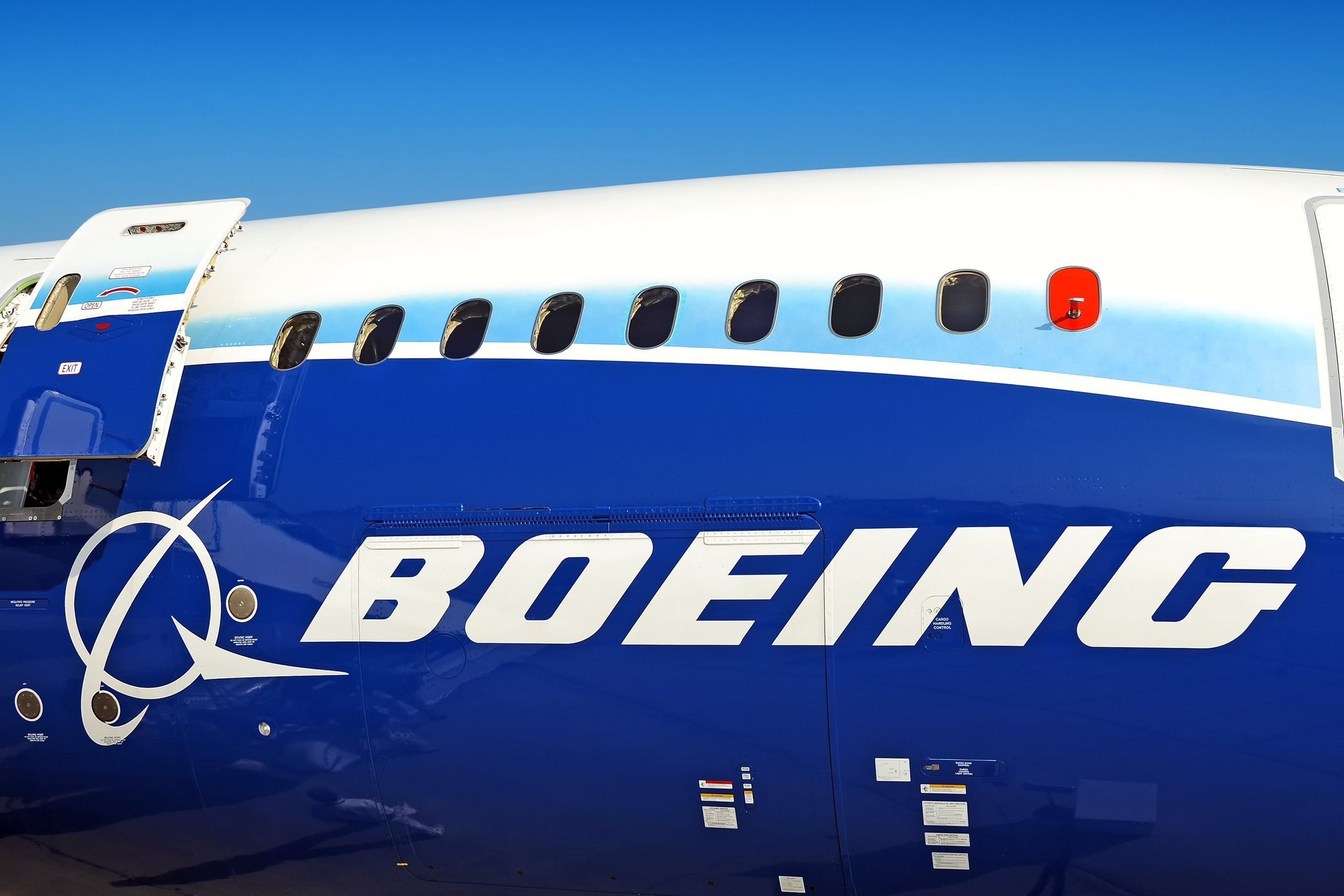
Related
Aircraft Leasing Executive Says Tariffs Could Cause Boeing’s Prices To Increase By $40 Million
AerCap CEO said Boeing aircraft prices could surge and Airbus could seize up to 75% to 80% of the global market as airlines seek alternatives.
In economic recessions, people are significantly less likely to go on vacations. A getaway exclusively for leisure is seen by most households as a luxury, not a necessity, and it is thus an expense that will not be undertaken unless one’s financial situation is comfortable enough to allow it. Furthermore, those who are still willing to spend money on vacation will likely be significantly more cost-conscious, something which will likely turn some customers away from legacy carriers like American Airlines and towards budget airlines like Frontier Airlines.
Photo: The Bold Bureau | Shutterstock
Another issue that airlines like American will have to face is the continued devaluation of the US dollar. After US financial markets were destabilized as a result of this trade war, many investors began moving their capital out of US equity markets and into European ones. This has resulted in a significant increase in demand for currencies like the Euro and the Pound Sterling, both of which have significantly risen in value against the US dollar.
This poses a significant threat to international travel demand. In the summer months, some of the most profitable routes operated by airlines like American are services to Europe. However, with Eurolpean vacations becoming increasingly more expensive, Americans might begin to reconsider trips across the Atlantic.
3:39

Related
American Airlines Boeing 737-800 Engine Fire At Denver International
On Thursday March 13th, an American Airlines Boeing 737-800 caught fire at Denver International Airport. The aircraft was parked at gate C38 when the incident occurred. Passengers evacuated from the plane, and 12 people were transported to local hospitals with minor injuries.
So why exactly did American Airlines face larger losses than its major competitors?
American Airlines shares began declining earlier than the carrier’s principal competitors, Delta and American. The company does have many structural challenges holding it back, such as significantly weaker positions in many key markets and a Sun Belt-oriented route network that lacks a major presence in many critical business hubs.
Photo: Abdul N Quraishi – Abs | Shutterstock
Recently, notable investor Jim Cramer indicated his belief in American Airlines’ long-term growth prospects, demonstrating that not all industry confidence in the company is lost, according to Travel & Tour World. Furthermore, American is the airline that is least focused on European travel markets of the big three US carriers, meaning it would likely be impacted the least by the US dollar’s continued devaluation.

